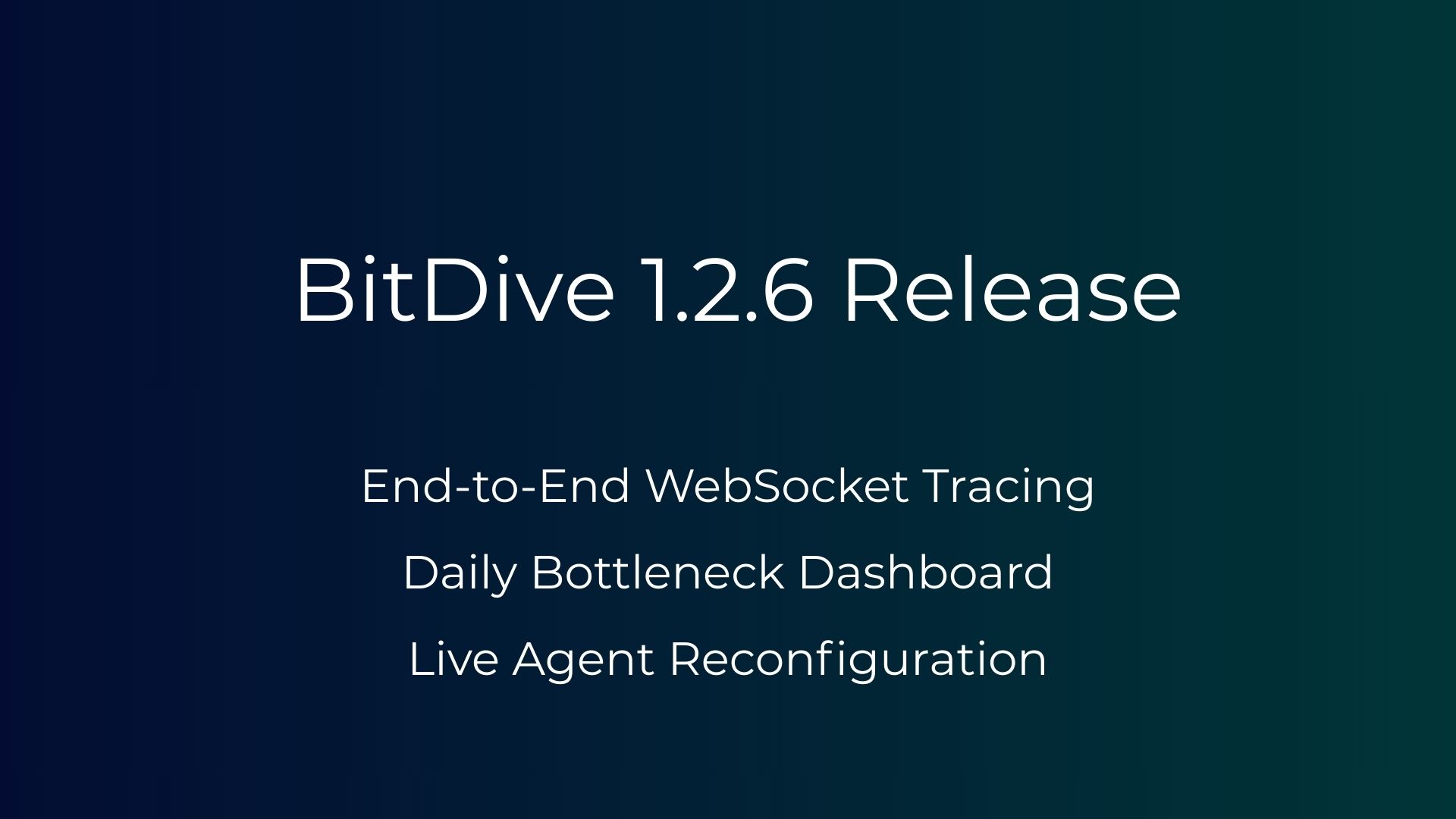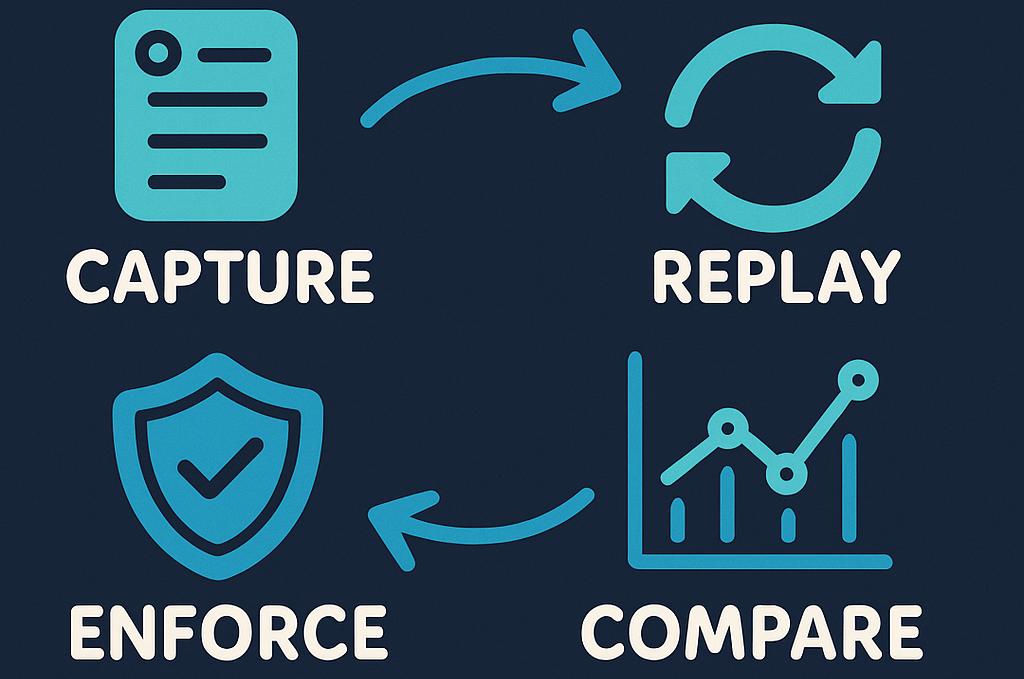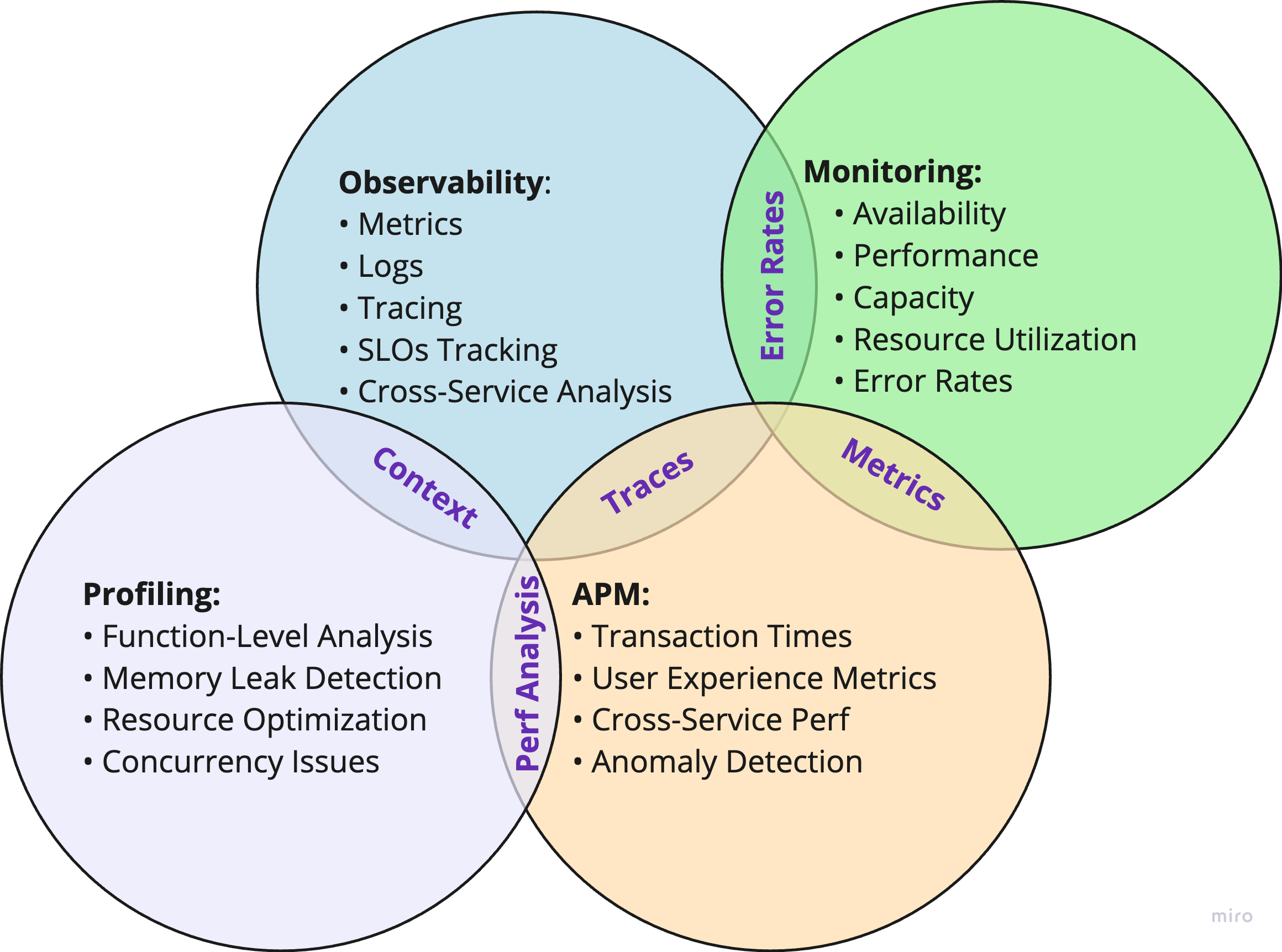BitDive 1.2.6: WebSocket Support, Daily Statistics, and On-Air Configuration

We're excited to announce the release of BitDive 1.2.6, bringing new capabilities that make runtime intelligence for JVM applications even more powerful and developer-friendly. This update expands protocol coverage, adds a new analytics view, and introduces flexible agent configuration - all designed to help teams move faster from problem detection to resolution.





